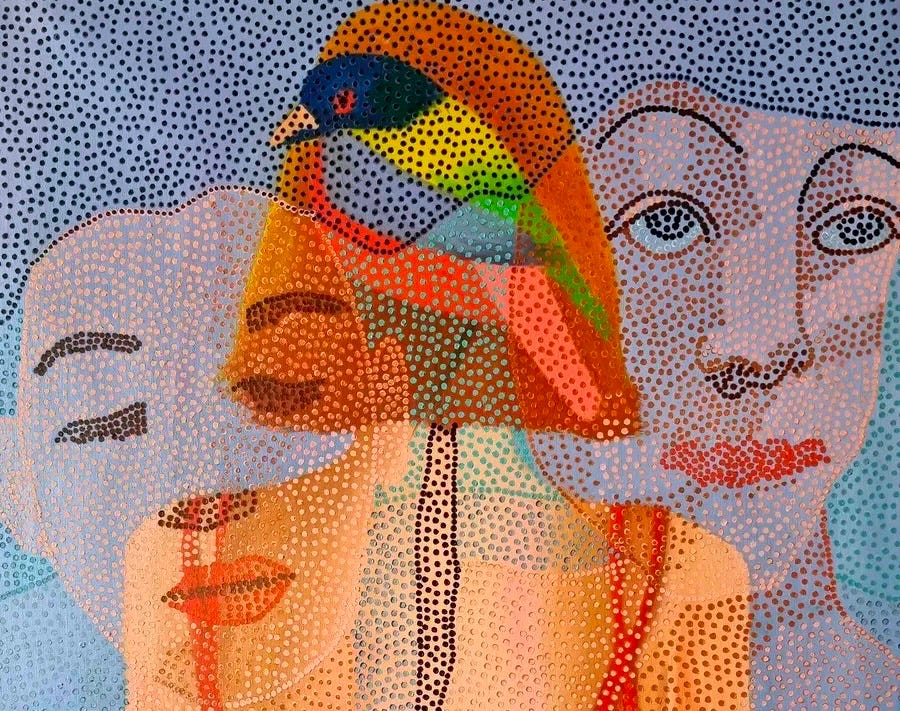Two Shticks
Everyone needs two shticks.
And by “shtick,” I don’t really mean something trivial or gimmicky—I mean a trait, a skill, or an interest that’s visible to people and that’s distinctly yours. Something people associate with you, not just in passing, but in a lasting way.
The first shtick gets you noticed. It’s usually a job, a core skill, something that makes you credible, competent, and useful. Alone, though, it’s one-dimensional.
The second shtick is the one that keeps you interesting. It’s the twist, the unexpected dimension that makes you versatile, memorable, harder to pin down.
Together, they balance you: you’re specialized enough to stand out but layered enough to surprise, adapt, and connect with different people. Maybe you don’t think in shticks, but you should. Personal branding is all but unavoidable now, so don’t be skiddish.
Anthony Bourdain was a chef and a storyteller who explored food through culture and travel. Simone Biles dominates gymnastics and…


